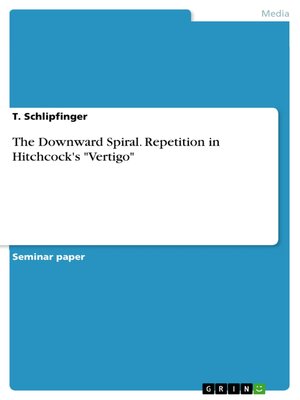
Sign up to save your library
With an OverDrive account, you can save your favorite libraries for at-a-glance information about availability. Find out more about OverDrive accounts.
Find this title in Libby, the library reading app by OverDrive.



Search for a digital library with this title
Title found at these libraries:
| Loading... |
Seminar paper from the year 2011 in the subject Film Science, grade: 1,5, University of Innsbruck (Amerikanistik), course: Memory in Film and Literature, language: English, abstract: It is hard to determine the one single defining factor that makes Alfred Hitchcock's Vertigo what it is today: by many considered to be one of the best movies ever made. The plot is – despite all its unrealism – thrilling from the first minute to the last. James Stewart's and Kim Novak's performances are more than convincing to say the least and Bernard Herrmann's music dug itself into the collective ears of a whole generation. However, there is one thing that all those factors have in common and which therefore, arguably, defines the power of Vertigo most accurately: in a way all those features suck the viewers into the movie and take them on a spiral-like journey down to the bottom of Vertigo. This becomes apparent from the first minute onwards, when Hitchcock establishes the spiral as the defining motif of his movie during the intro-sequence. In this paper I am going to argue that the whole movie follows a spiral-like structure and through repetition of certain motifs Hitchcock is able to suck the viewer deeper and deeper into the story of Vertigo.






